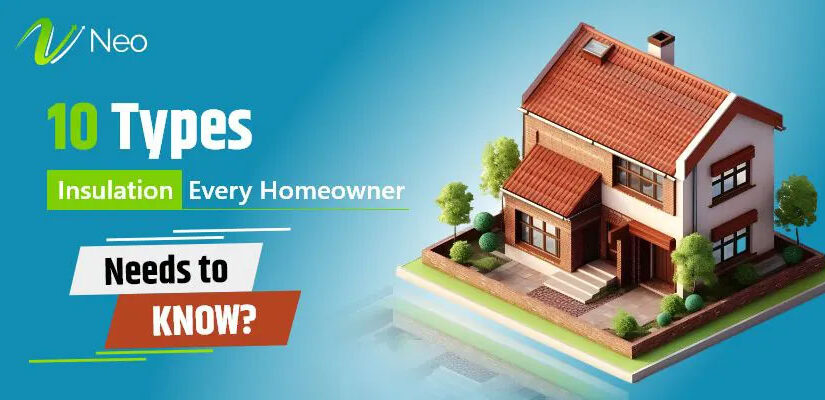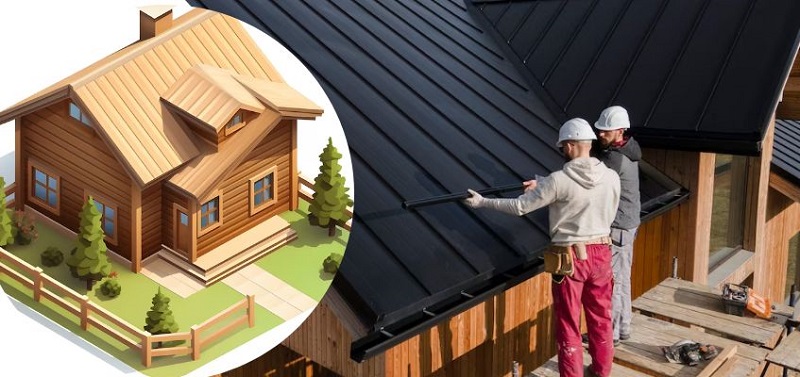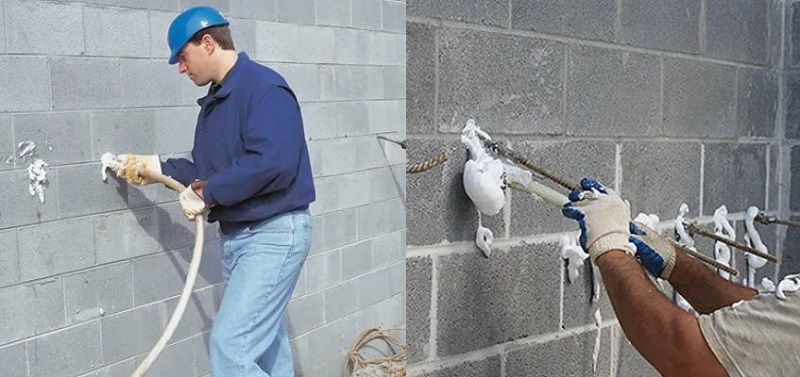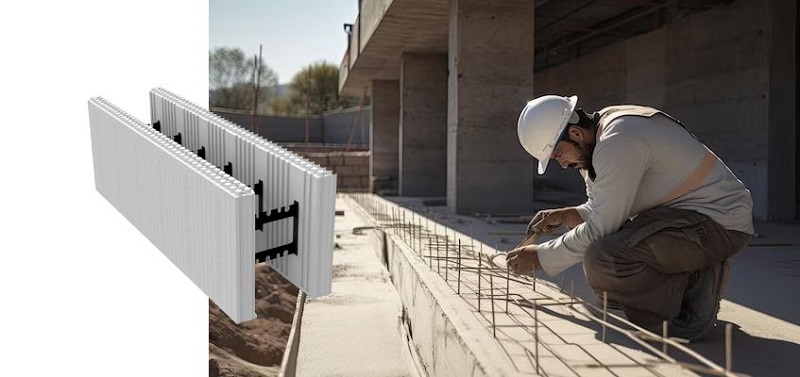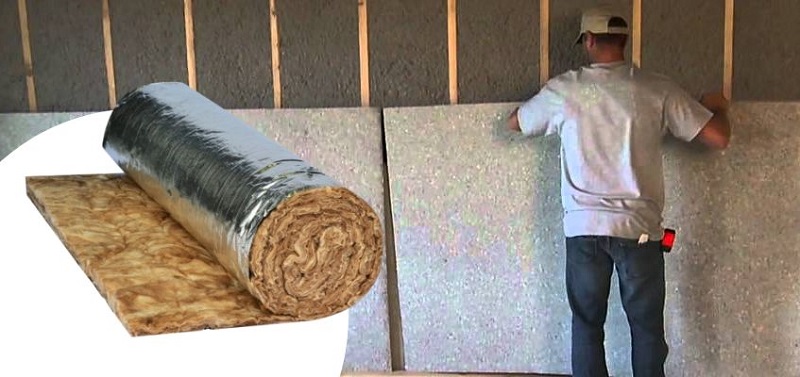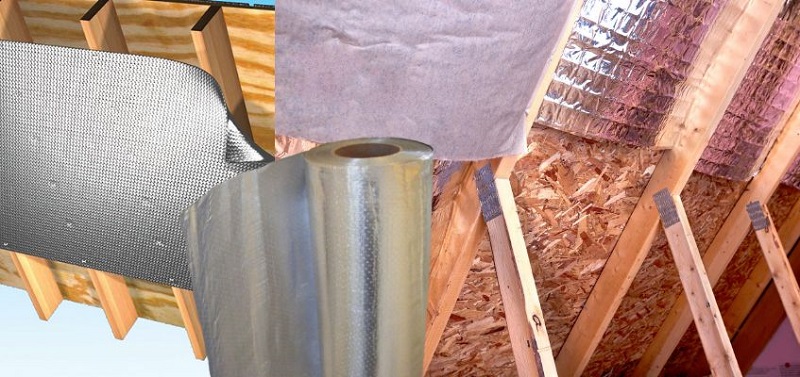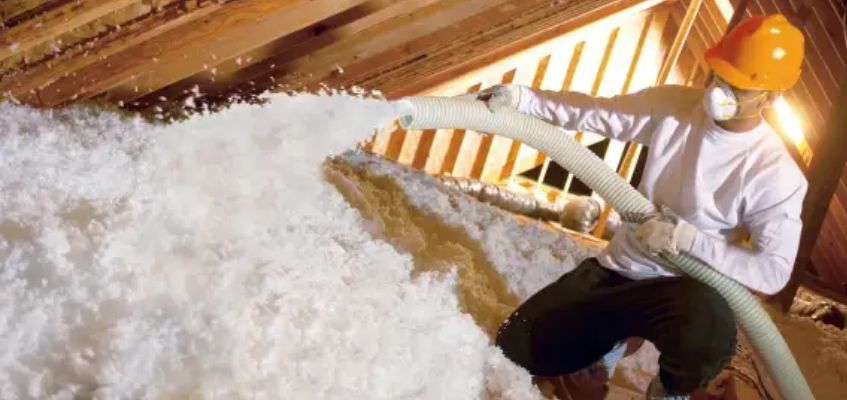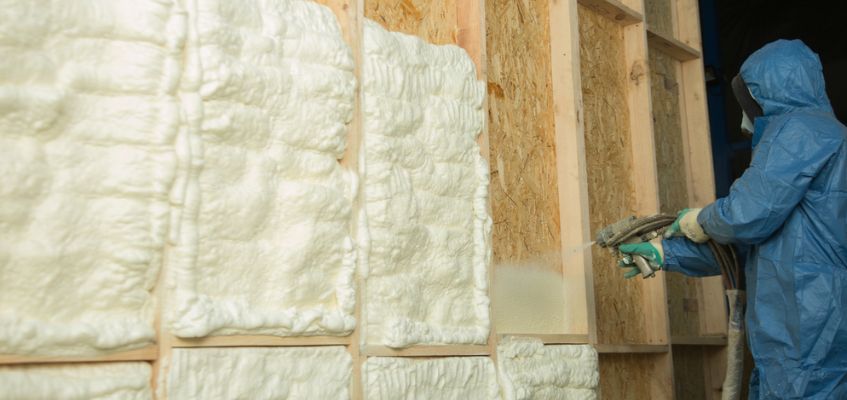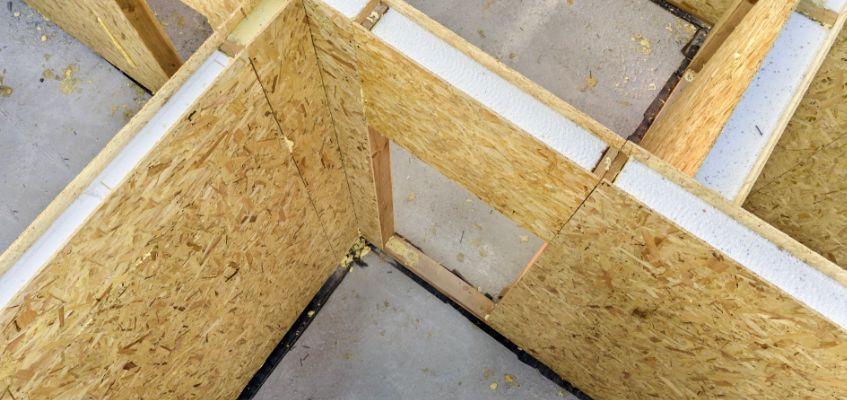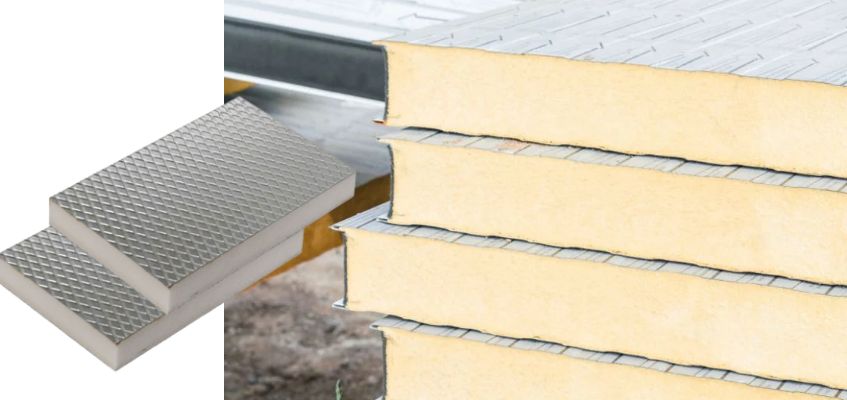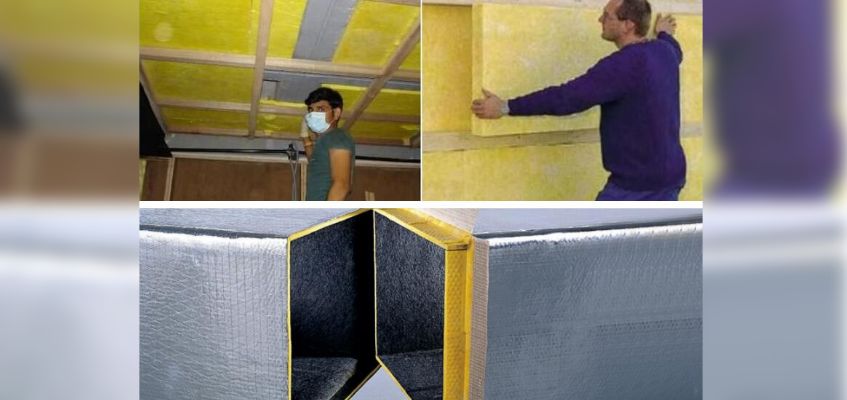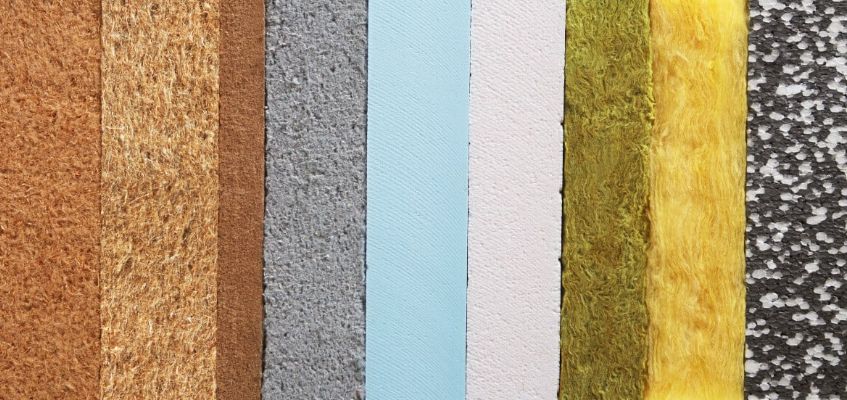As a homeowner, you are aware of how important insulation is to the operation, comfort, and energy efficiency of your home. Thermal Insulation done properly can help keep temperatures stable, lower energy costs, and improve living conditions. However, different types of insulation materials are made uniquely for multiple purposes that are available to insulate your home.
The thermal insulation market in India achieved a valuation of INR 3,674.98 crore in 2020 and is anticipated to reach INR 2,189.81 crore by 2028. This represents a projected growth rate of 7.4% from 2021 to 2028. The significant expansion and development of India’s infrastructure are emerging as vital factors in the fight against climate change.
This blog will discuss 10 types of thermal insulation that every homeowner should be aware of.
What is Insulation?
Buildings may employ insulation as a material or construction method to reduce the flow of electricity, heat, and sound between the interior and outside environments. Its major objective is to provide a barrier that restricts the flow of thermal energy, keeping the interior temperature steady, increasing energy effectiveness, and enhancing comfort.
In order to slow down the flow of heat, materials with poor thermal conductivity, such as fiberglass, foam, or cellulose, are put in walls, ceilings, floors, and roofs. This ultimately lowers heating and cooling costs by keeping indoor rooms warmer in cold weather and cooler in hot weather.
On the other hand, sound insulation concentrates on reducing or obstructing sound transmission within rooms or from the outside world. Noise disturbances are reduced by using materials like acoustic foam, mass-loaded vinyl, and double-glazed windows.
Modern construction must include insulation because it makes living and working environments cozier, quieter, and more energy-efficient, all of which contribute to energy conservation, environmental sustainability, and general well-being.
Kinds of Insulation Materials – Comparison Table
| TYPE | MATERIAL | APPLICABLE |
|---|---|---|
| Concrete Block Insulation | The foam board should be placed either outside the wall (for new construction) or inside the wall (for existing homes). | Including foundation walls, unfinished walls
Renovations or new construction |
| Insulating concrete forms (ICFs) | Foam Blocks or Foam boards | New construction foundation walls, including unfinished walls |
| Blanket Batts and Rolls | Natural fibers
Fiberglass Plastic fibers Mineral (rock or slag) wool |
The walls and ceilings are unfinished, including the foundation walls |
| Reflective or Radiant Barrier Systems | Cardboard, foil-faced kraft paper, or polyethylene bubbles | Ceilings, floors and Unfinished walls |
| Loose-Fill and Blown-In Insulation | Fiberglass
Cellulose Mineral (rock or slag) wool |
Creating a new wall cavity or enclosing an existing wall
Attic floors that are unfinished Places that are hard to reach |
| Spray Foam Insulation | Polyisocyanurate
Cementitious Polyurethane Phenolic |
Existing wall enclosed
Creating new wall cavities Unfinished attic floors |
| Structural Insulated Panels (SIPs) | Liquid foam insulation core or foam board
Insulation with straw core |
New construction walls, ceilings, floors, and roofs are unfinished |
| Rigid foam or fiber insulation | Fiberglass
Mineral (rock or slag) wool |
Ducts in an unconditioned space
High-temperature insulation is also needed in other places |
Insulate Your Home Now
10 Types of Insulations – All Homeowners Should Know
Let us explore about 10 different types of insulation that you can choose while constructing your house or any other property.
1. Concrete Block Insulation
The main components of concrete block insulation are foam boards or foam beads. To improve the insulating qualities of concrete while building a new home, you may either install these boards on the exterior of concrete walls or incorporate foam beads into the concrete itself. The moderated indoor temperatures are the main advantage.
Insulating the inside walls of pre-existing dwellings with concrete block insulation can enhance insulation. However, it’s crucial to keep in mind that installing this kind of insulation frequently calls for specialized knowledge and equipment, making it less appropriate for DIY enthusiasts.
Click here to know: List of 10 Materials Keeping Your House Warm
2. Insulating Concrete Forms types of insulation (ICFs)
ICFs, or insulating concrete forms, are only used in new construction projects, yet they resemble concrete block insulation in certain ways. ICFs constitute an essential component of the building construction, supporting the concrete with foam blocks or boards.
The resultant level of thermal resistance is excellent. ICFs aren’t practical for retrofitting existing homes due to their integration into the construction process, needing professional installation.
3. Blanket Batts and Rolls
Fibreglass and mineral wool are frequently found in blanket batts and rolls, which are among the most commonly used insulation materials. These types of insulation are adaptable for usage in floors, ceilings, walls, and foundations since they are available in large rolls or pre-cut pieces.
They are the material of choice for DIY projects because of how affordable and simple they are to install. However, in order to ensure your safety when handling hazardous materials, you must wear protection gear.
4. Reflective or Radiant Barrier Systems
Systems for reflective or radiant barriers are made of thin, inexpensive materials with foil facings that reflect light. These insulation materials are frequently reinforced by kraft paper or plastic. These types of insulation are useful for insulating floors, walls, and ceilings. They may be installed easily by DIY enthusiasts thanks to their accessibility.
They may not provide enough insulation on their own, so it’s crucial to understand that they are more effective when combined with other types of insulation material.
5. Loose-Fill and Blown-In Insulation
For insulating enclosed regions that are challenging to reach, like wall cavities or attics, loose-fill and blown-in insulation provide an efficient option. To make installation easier, this insulation can be poured or blown into these areas.
DIYers can hire equipment for private use, even though professional tools and knowledge are frequently utilized for blown-in insulation. Due to their adaptability, blown-in and loose-fill insulation are practical options, especially when insulating spaces of atypical design.
6. Spray Foam Insulation
Utilizing specialized spray containers or equipment, spray foam insulation is applied. It first expands and then hardens, sealing tightly. This kind of insulation is appropriate for open wall cavities, attic floors, and existing walls.
After the foam has dried, it must be cut off if there is any extra. Spray foam insulation is especially useful in places that are difficult to insulate using traditional techniques.
7. Structural Insulated Panels (SIPs)
Depending on the exact product and manufacturer, structural insulated panels (SIPs) are available with foam board, liquid foam, or straw insulation cores. Unfortunately, because it needs to be included in the home’s building, this form of insulation isn’t ideal for do-it-yourself projects.
To avoid any potential delamination throughout the installation process, experts are responsible for properly attaching, compressing, and curing SIP panels. In freshly built homes, SIPs are used to insulate the walls, ceilings, floors, and roofs, greatly boosting the home’s insulation capabilities. This ultimately results in less heat transmission and cheaper utility costs.
8. Rigid Foam Board Insulation
When upgrading existing insulation, do-it-yourselfers typically choose the reasonably priced rigid foam board insulation option. Depending on the exact product and manufacturer, the composition of these types of insulation materials may comprise components like polystyrene, polyisocyanurate, or polyurethane.
These stiff foam boards offer a high level of kinds of insulation materials and significantly slow down the flow of heat through steel and wood studs. For do-it-yourselfers, this insulation material is adaptable and suited for a variety of regions inside the house, including foundation walls, attic access points, external walls, interior walls, and ceilings and floors. However, interior and external wall sheathing is where it excels most.
9. Rigid Fiber Board Insulation
The outstanding heat and fire resistance of rigid fiberboard insulation makes it a top option for insulating home air ducts. Before delivering it to the house or job site, HVAC businesses frequently manufacture ducting with rigid fiberboard insulation already installed.
Although not frequently used, this sort of insulation is essential for reducing heat transfer within the heating and cooling system, which helps to save utility costs. However, because of its specialized nature and crucial application, it requires installation by a qualified expert, making it an inappropriate option for people seeking do-it-yourself insulation projects.
10. Recycled and Eco-Conscious Insulation
Homeowners who are concerned about the environment may choose to consider insulation produced from recycled or natural materials, such as cellulose, wool, denim, or cork. These materials, which come in a variety of shapes like batts, rolls, and loose-fill, present sustainable alternatives and aid in construction waste reduction.
It’s also crucial to remember that these environmentally friendly solutions frequently cost a little bit more than conventional insulation materials.
How to Choose the Type of Insulation For Your Home?
It’s crucial to bear in mind that the effectiveness of your home insulation hinges on two main factors: how well it’s installed and how well-suited it is to your specific location and climate. Therefore, as we delve into the various insulation types, let’s keep these three critical considerations in focus:
1. Which Part of Your Home Needs Insulation?
Different insulation types are tailored to different areas of your home. For instance, if you’re insulating a new wall, blanket batts or rolls (discussed below) are great options. However, if you’re dealing with an existing wall, loose-fill insulation (also discussed below) is the more cost-effective choice.
2. What’s the Ideal R-Value for Your Region?
The R-value of insulation indicates its resistance to conductive heat flow. The higher the R-value, the more effective the insulation. Keep in mind that recommended R-values can vary depending on your specific climate and location.
3. What’s Your Budget?
When considering insulation, your budget plays a significant role. Insulating a substantial portion of your home can lead to significant cost differences between insulation types. While cost is a factor, remember that most insulation pays for itself over time through energy savings on heating and cooling bills. Additionally, some pricier insulation options offer health benefits that make them worthwhile investments.
Other factors to take into account include the insulation material’s longevity, ease of installation, the percentage of recycled content, and its impact on indoor air quality. Fire safety is another crucial factor; certain insulation types are more fire-resistant than others, and we’ll discuss this aspect in detail for each type.
Schedule Your Insulation Installation Today.
Where to Insulate in a Home?
- Prioritize insulating key areas in your home first, such as the attic, outer walls, and crawl space, as these are the primary areas of heat transfer.
- To curb energy loss and save on costs, insulate your water heater. Seek out pre-cut jackets or blankets with an insulating value of at least R-8. Adding insulation to your water heater can slash standby heat losses by 25 to 45 percent, resulting in savings of approximately 4 to 9 percent on water heating expenses.
- Prevent freezing and maintain hot water by wrapping your hot water pipes with tubular insulation. Opt for high-quality pipe insulation wrap. Insulating hot water pipes minimizes heat loss and can elevate water temperature by 2 to 4 degrees Fahrenheit compared to non-insulated pipes, allowing you to use a lower temperature setting.
- Enhance efficiency and reduce noise by insulating heating and air conditioning vent ducts. Properly insulating air ducts situated in unconditioned areas, such as attics, crawl spaces, garages, or unfinished basements, can significantly boost your home’s energy efficiency.
Where to Purchase the Insulation Material?
Neo Thermal Insulation caters to a wide range of sectors, including warehouses, manufacturing industries, commercial, residential properties, apartments, malls, fitness training centers, and more. Our offerings contain roof insulation, complete building insulation, ceiling insulation, floor insulation, and many more. Selecting the most suitable types of building insulation hinges on your geographical location and the existing condition of your home’s insulation. Alternatively, you can rely on our expert guidance on the right insulation for your home.
Conclusion
It can be concluded that you are better equipped to decide what types of insulation your home needs if you have a good awareness of the different types that are available. There is an insulation type suitable for your demands, whether affordability, environmental friendliness, or DIY accessibility are your top priorities. You may dramatically improve your home’s energy efficiency, comfort, and long-term savings with Neo Thermal Insulation by picking the correct insulation. Take the time to consider your unique requirements and choose the sort of insulation that supports your goals to create a home that is more efficient and comfortable for years to come. Consult trustworthy sector specialists to support your choice.
Frequently Asked Questions
1. What insulation is best?
The optimal insulation choice is influenced by variables like environment, spending capacity, and individual requirements. Common choices include cellulose for environmental friendliness, spray foam for great performance, and fiberglass for price. To choose the best types of insulation and application for your home, it is essential to consult with an insulation expert.
2. What Material is Insulation?
Although there are many other types of insulation, fiberglass, foam board, cellulose, mineral wool, and spray foam are frequently used. These materials are used to improve energy efficiency in homes and buildings by lowering heat transmission, maintaining temperature control, and doing so. The selection of insulating material is influenced by budget, thermal resistance, and fire resistance.
3. Why is insulation material used?
Buildings’ interiors and exteriors are kept as separate from one another as possible through types of insulation materials. In addition to providing acoustic comfort, this increases energy efficiency, maintains cozy indoor temperatures, and lowers energy expenses. To create a more sustainable and comfortable living and working environment, insulation is essential.
4. What is the best heat insulator?
The ideal heat insulator frequently depends on particular conditions and demands. But aerogel is regarded as one of the best heat insulators. Due to its exceptionally low thermal conductivity, it is very effective at obstructing the transfer of heat. Other effective heat insulators include vacuum insulation panels, several varieties of foam insulation, and when employed in suitable thicknesses, materials like fiberglass or mineral wool. The decision is made based on elements including price, space restrictions, and desired thermal performance.
5. Which insulation is best for walls?
Several options for wall insulation are effective, depending on your needs and financial situation. Spray foam, rigid foam boards, and fiberglass batts are popular options. Fibreglass batts are less expensive, while spray foam performs well but is more expensive. Good insulating value and moisture resistance are offered by rigid foam boards. The best option relies on particular needs.
